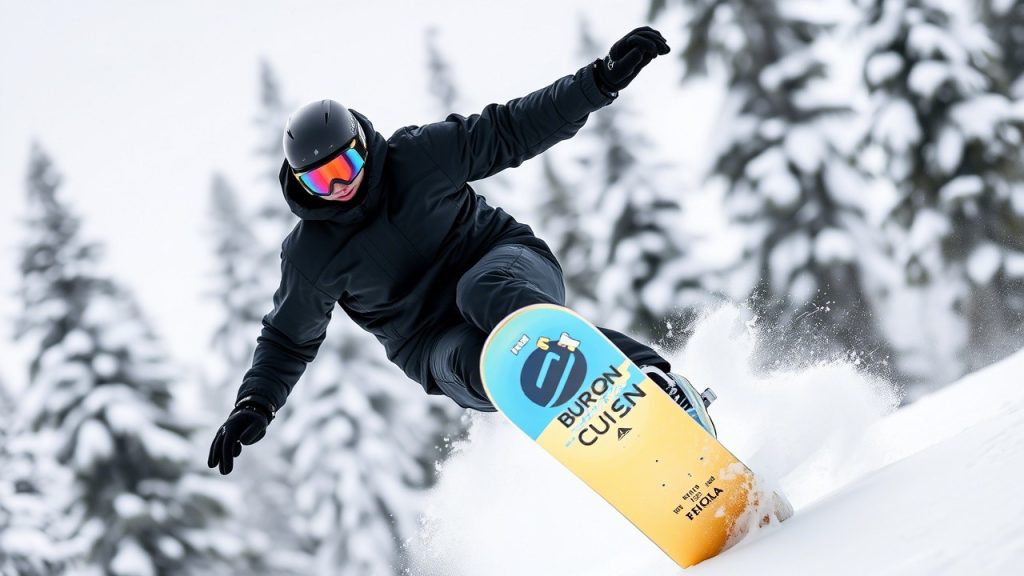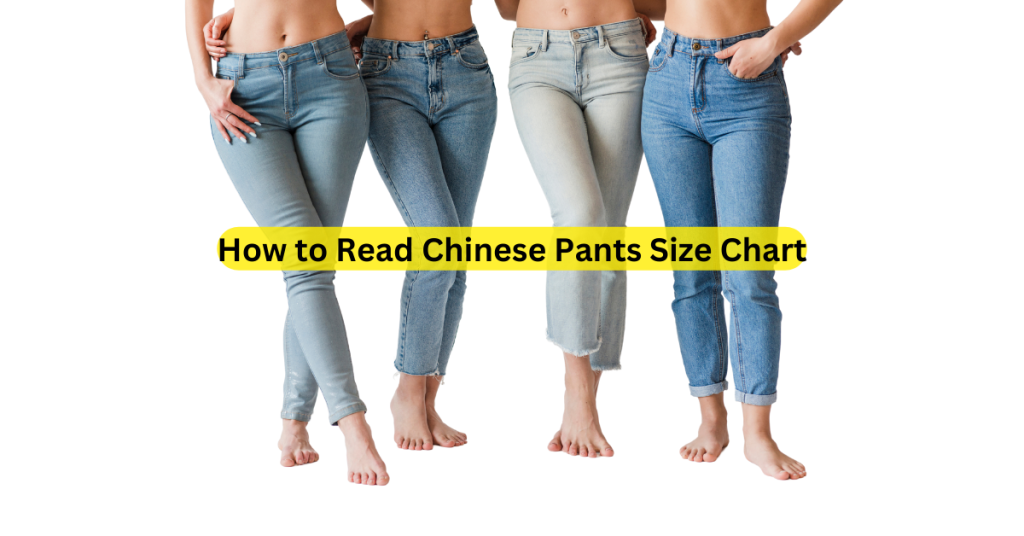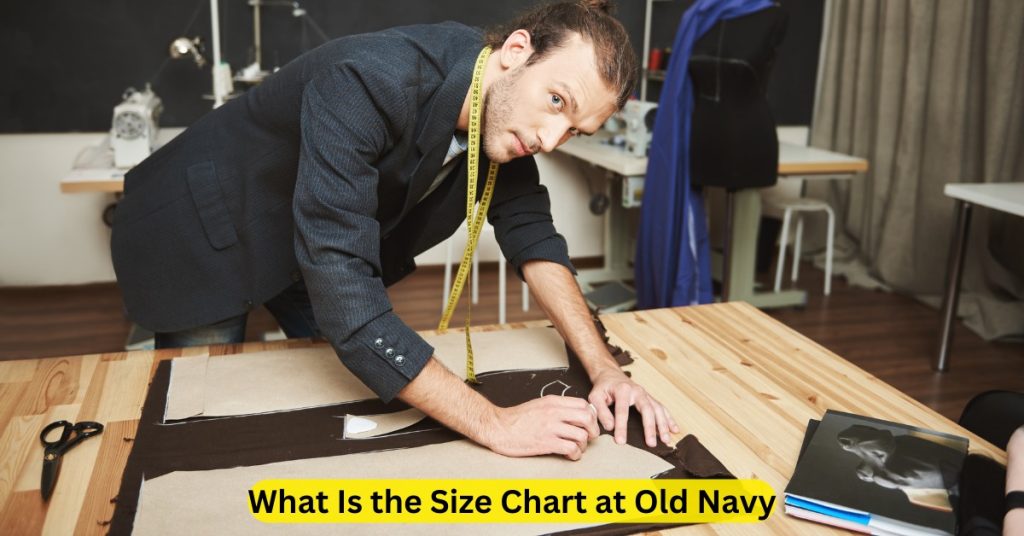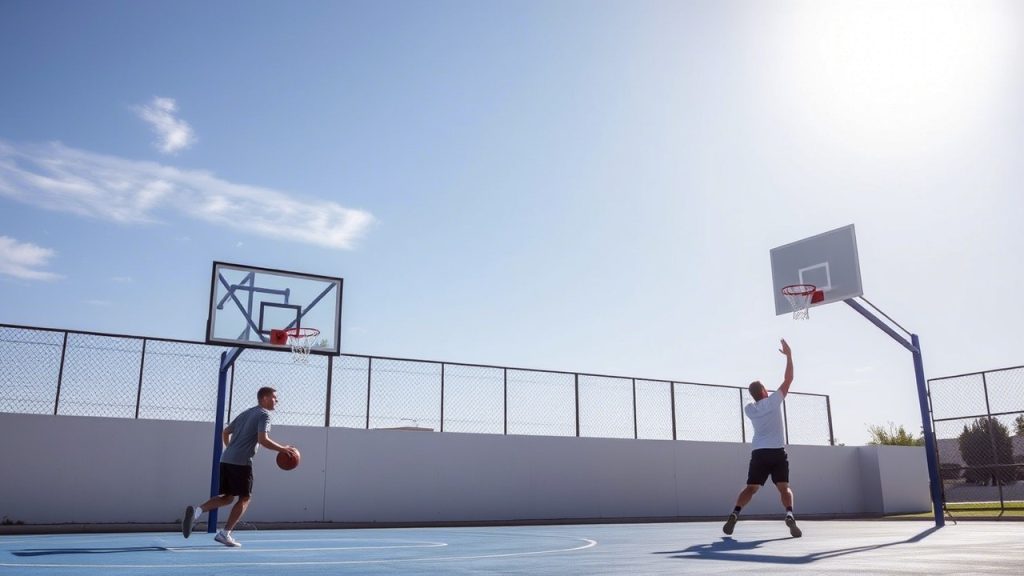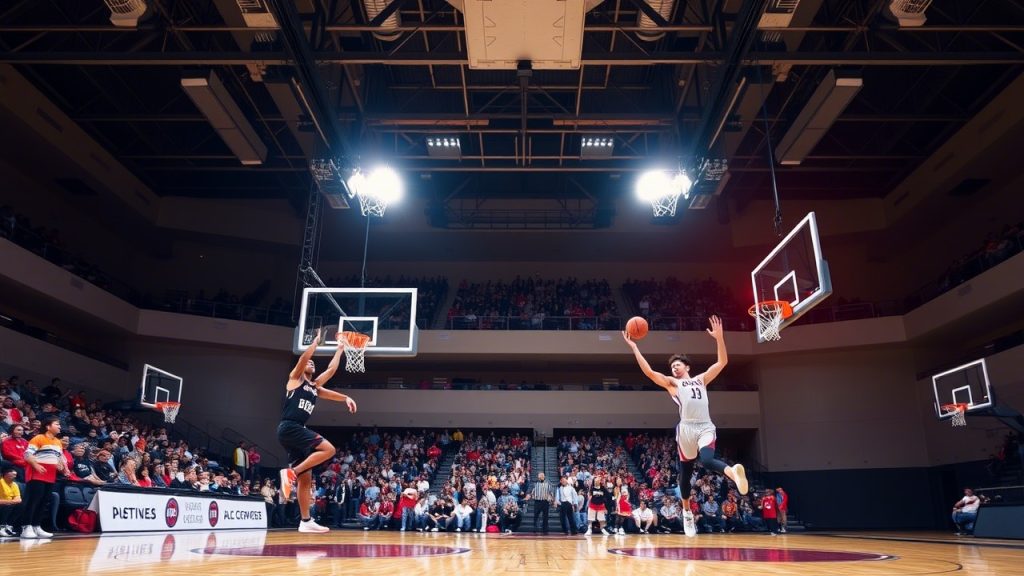Backcountry snowboarding is the ultimate adventure, where untouched powder, rugged terrain, and remote peaks test your skills and gear. To thrive in these wild conditions, you need a snowboard that delivers float, control, and durability. Burton, a snowboarding legend since 1977, crafts boards with innovative features like directional shapes, Sintered bases, and Super Fly cores to conquer the backcountry. We explore the 12 best Burton snowboards to handle backcountry adventures this year, helping riders of all levels navigate powder stashes, tight trees, and steep lines with confidence.
This post covers top Burton boards for backcountry riding, tips for mastering off-piste terrain, and answers to 9 frequently asked questions. Whether you’re a seasoned freerider or a resort rider venturing out of bounds, these boards will elevate your 2025 backcountry season.
Why Backcountry Adventures Demand the Right Snowboard
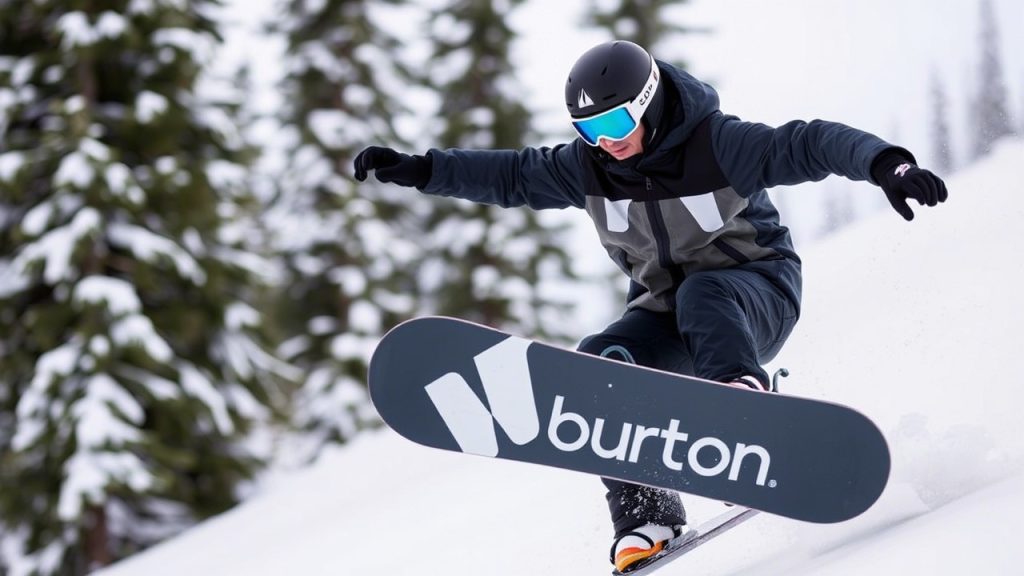
Backcountry snowboarding involves untracked snow, variable conditions, and challenging terrain, requiring a board with:
- Powder Float: Directional shapes and tapered noses to stay afloat in deep snow.
- Edge Hold: Grip on icy or hardpack sections for control in mixed conditions.
- Responsiveness: Quick handling for navigating trees and technical lines.
- Durability: Robust cores and bases to withstand rocks and rough terrain.
- Stability: Dampening for high-speed descents in open bowls.
A board lacking these traits can sink in powder, slip on ice, or feel sluggish, making backcountry trips frustrating or unsafe. Burton’s boards, with technologies like Frostbite Edges, directional camber, and the Channel System, are designed for backcountry performance, helping riders progress quickly.
How We Selected the Best Burton Snowboards
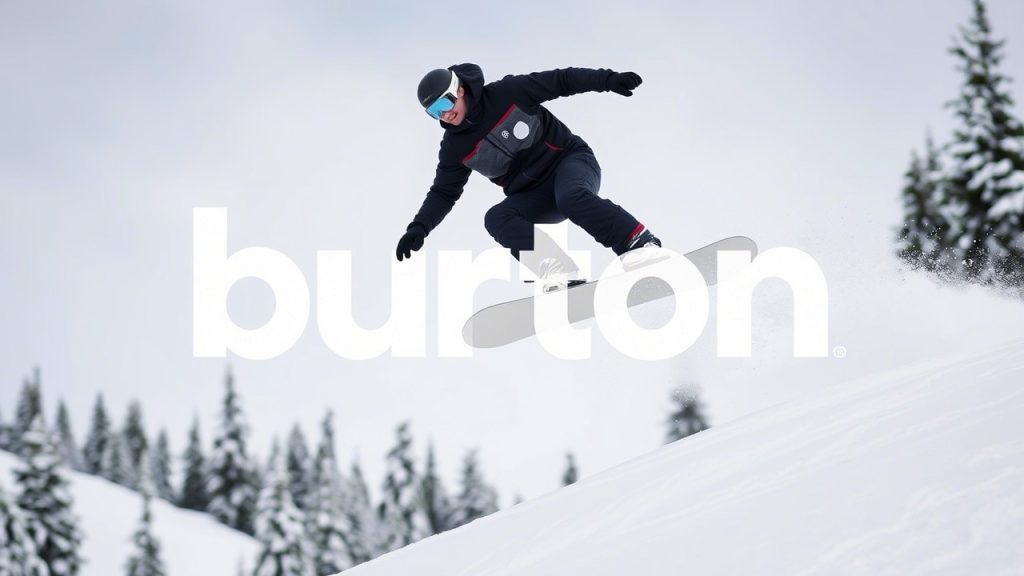
To identify the 12 best Burton snowboards to handle backcountry adventures this year, we evaluated products based on:
- Backcountry-Specific Features: Directional shapes, tapered designs, stiff or medium-stiff flex (5–8/10), and powder-friendly profiles like directional camber or flat top, per Ridingboards.com.
- Rider Level: Boards for intermediates to experts, with some forgiving options for progressing riders.
- Terrain Performance: Excellence in powder, trees, steeps, and variable snow, as tested by Whitelines.com and Outdoorgearlab.com.
- Materials and Durability: Super Fly II or Dragonfly cores, Sintered bases, and carbon reinforcements for rugged conditions, per Boardoftheworld.com.
- Expert and User Feedback: Reviews from Switchbacktravel.com, Snowboardingprofiles.com, and Reddit’s snowboarding community, focusing on backcountry metrics.
- Value for Money: Options across price points, balancing premium features with affordability.
Let’s dive into the Burton snowboards that will power your backcountry adventures this year.
The 12 Best Burton Snowboards to Handle Backcountry Adventures This Year
1. Burton Family Tree Straight Chuter
- Price: ~$800
- Best For: Freeride, big-mountain
- Key Features: Directional camber, 18mm taper, Dragonfly 600G core
The Straight Chuter is a backcountry beast, built for aggressive freeride with a directional camber and 18mm taper for superior float, as praised by Ridingboards.com. Its Dragonfly 600G core reduces weight for nimble handling in trees, while Frostbite Edges grip icy chutes. The Sintered WFO base ensures speed in open bowls, helping experts charge big lines with confidence in days. This board is ideal for steep, technical backcountry terrain.
2. Burton Family Tree Hometown Hero
- Price: ~$670
- Best For: All-mountain freeride, powder
- Key Features: Directional camber, 12mm taper, carbon highlights
The Hometown Hero is a freeride favorite for backcountry versatility, with a directional camber and 12mm taper for float and control, per Slopemagazine.com. Its medium-stiff flex (6/10) and carbon highlights offer responsiveness in tight trees, while Frostbite Edges grip variable snow. Testers at Outdoorgearlab.com called it “playful and poppy,” ideal for intermediates advancing in the backcountry within weeks.
3. Burton Fish 3D
- Price: ~$650
- Best For: Powder, backcountry
- Key Features: Directional flat top, 3D convex base, swallowtail
The Fish 3D is a powder specialist with a directional flat top and 3D convex base for unmatched float, per Curated.com. Its swallowtail design and 22.5mm taper keep the nose up in deep snow, while the medium-stiff flex (6/10) ensures control in trees. Advanced riders can surf powder stashes effortlessly, though it’s less versatile on hardpack. This board shines for backcountry powder hounds.
4. Burton Flight Attendant
- Price: ~$600
- Best For: Freeride, all-mountain
- Key Features: Directional camber, 18mm taper, Dualzone EGD
The Flight Attendant is a backcountry workhorse with a directional camber and 18mm taper for float and power, as noted by Absolute-snow.co.uk. Its medium-stiff flex (5–8/10) and Dualzone EGD core provide edge hold in variable conditions, while the Sintered base maintains speed. Ideal for intermediates and experts, it handles powder, jumps, and steeps, making it a go-to for backcountry exploration.
5. Burton Family Tree Gril Master
- Price: ~$680
- Best For: All-mountain freeride, technical terrain
- Key Features: Directional camber, extended rocker nose, Super Fly II core
The Gril Master, a tribute to Marko Grilc, features a directional camber and extended rocker nose for backcountry performance, per Whitelines.com. Its medium-stiff flex (6/10) and Super Fly II core deliver responsiveness in powder and trees, while Frostbite Edges grip icy faces. Tester Sara praised its carving ability, making it perfect for intermediates tackling technical backcountry lines.
6. Burton Deep Thinker
- Price: ~$650
- Best For: Freeride, all-mountain
- Key Features: Directional camber, 7mm taper, Sintered WFO base
Inspired by Danny Davis, the Deep Thinker combines a directional camber with a 7mm taper for backcountry float, per Ridingboards.com. Its medium-stiff flex (5–8/10) and carbon highlights ensure responsiveness, while the Sintered WFO base boosts speed. Intermediates and experts can navigate powder and chutes with ease, mastering backcountry riding in weeks.
7. Burton High Fidelity
- Price: ~$650
- Best For: Freeride, powder
- Key Features: Directional shape, stiff flex, egg-shaped tail
The High Fidelity is a powder-focused board with a directional shape and stiff flex (7/10) for backcountry stability, as tested by Outdoorgearlab.com. Its egg-shaped tail and deep sidecut enhance float and grip, ideal for advanced riders surfing deep snow. The Sintered base ensures durability, making it a top pick for rugged backcountry adventures.
8. Burton Pow Wrench Flat Top Splitboard
- Price: ~$700
- Best For: Backcountry splitboarding
- Key Features: Directional flat top, 20mm taper, Split Channel
The Pow Wrench Flat Top Splitboard is a backcountry splitboard with a directional flat top and 20mm taper for powder float, per Slopemagazine.com. Its medium flex (5/10) and Split Channel system allow stance adjustments for uphill and downhill performance. Ideal for intermediates and experts, it’s perfect for earning turns in deep snow.
9. Burton Family Tree 3D Deep Daze
- Price: ~$750
- Best For: Powder, experimental freeride
- Key Features: Directional camber, channeled base, 15mm taper
The 3D Deep Daze, part of Burton’s Family Tree, features a channeled base inspired by surfboards for enhanced powder flow, per Outsideonline.com. Its directional camber and 15mm taper provide float and control, while the medium-stiff flex (6/10) suits technical terrain. Advanced riders can explore deep backcountry stashes with this innovative board.
10. Burton Skeleton Key
- Price: ~$620
- Best For: Freeride, powder
- Key Features: Directional camber, 10mm taper, Sintered base
The Skeleton Key offers backcountry versatility with a directional camber and 10mm taper for float, per Curated.com. Its medium-stiff flex (6/10) and Frostbite Edges provide grip in variable snow, while the Sintered base ensures speed. Intermediates and experts can tackle powder and mixed conditions, building confidence in the backcountry.
11. Burton Custom X Camber
- Price: ~$700
- Best For: Advanced riders, all-mountain freeride
- Key Features: True camber, Super Fly II 700G core, Frostbite Edges
The Custom X Camber is a high-performance board for backcountry charging, dubbed a “quiver-killer” by The Inertia. Its true camber and stiff flex (8/10) deliver edge hold and stability, ideal for icy chutes and hardpack. The Super Fly II 700G core ensures responsiveness, helping experts dominate technical backcountry terrain.
12. Burton Custom Flying V
- Price: ~$536
- Best For: Intermediate riders, all-mountain
- Key Features: Flying V hybrid, true twin, Channel System
The Custom Flying V blends camber underfoot with rocker tips for backcountry forgiveness, per Boardoftheworld.com. Its medium flex (5/10) and Frostbite Edges offer grip and float, while the Channel System fine-tunes stance. Intermediates can progress in powder and trees within weeks, making it a versatile backcountry option.
How to Choose the Right Burton Snowboard for Backcountry Adventures
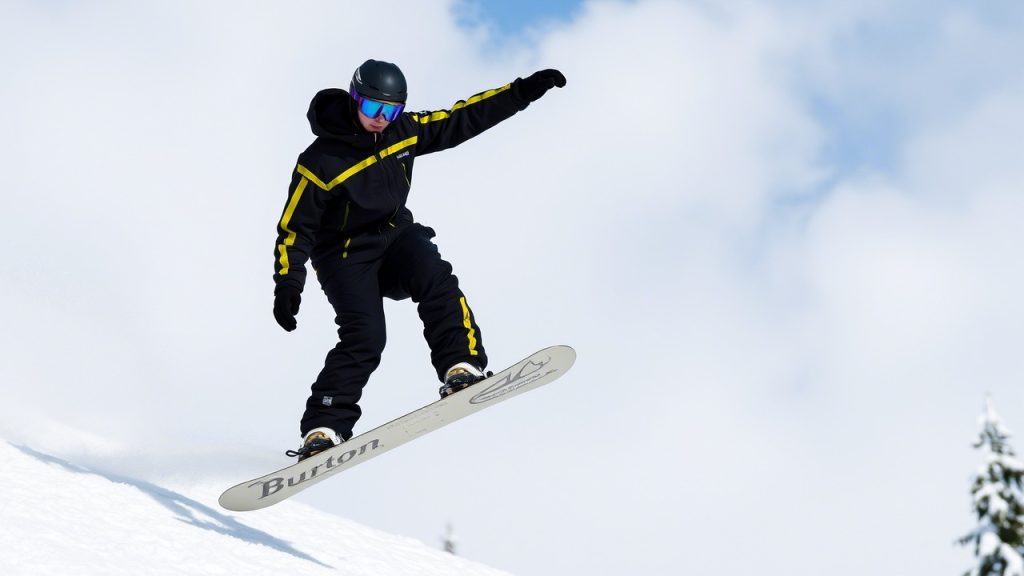
Selecting a Burton snowboard for backcountry adventures involves matching the board to your skill level, terrain, and riding style. Here are key factors to consider:
- Profile Type: Directional camber (e.g., Straight Chuter) excels in powder and steeps, flat top profiles (e.g., Fish 3D) prioritize float, and hybrids (e.g., Flying V) offer versatility, per Snowboardingprofiles.com.
- Flex Rating: Stiff flex (6–8/10) suits aggressive riders (e.g., Custom X), medium flex (5–6/10) aids intermediates (e.g., Hometown Hero), per Switchbacktravel.com.
- Shape: Directional shapes with tapers (e.g., Fish 3D) enhance powder float, while twins (e.g., Custom Flying V) support switch riding, per Ridingboards.com.
- Edge Technology: Frostbite Edges provide grip on icy patches, crucial for backcountry safety, per Boardoftheworld.com.
- Base Technology: Sintered WFO bases (e.g., Deep Thinker) ensure speed and durability, per The Inertia.
- Core: Super Fly II or Dragonfly cores (e.g., Straight Chuter) offer lightweight responsiveness, per Curated.com.
- Channel System: Allows stance adjustments for powder or technical terrain, per Slopemagazine.com.
- Rider Level: Intermediates need forgiving boards (e.g., Custom Flying V), while experts thrive on stiff designs (e.g., Straight Chuter), per Whitelines.com.
- Splitboard Options: For earning turns, splitboards like the Pow Wrench are ideal, per Slopemagazine.com.
Tips for Handling Backcountry Adventures This Year

To maximize your backcountry performance with a Burton snowboard, follow these tips:
- Take Avalanche Training: Complete an AIARE Level 1 course to understand snowpack and safety, essential for backcountry riding, per Switchbacktravel.com.
- Optimize Stance: Use the Channel System to set a setback stance (e.g., +15° front, -6° back) for powder float, per Curated.com. Test on resort powder days.
- Build Fitness: Off-snow cardio and leg exercises (e.g., squats) improve endurance for hiking and riding, aiding control on boards like the Straight Chuter.
- Ride Consistently: Aim for 2–3 backcountry days per week, starting with guided tours, to build skills with boards like the Hometown Hero, per Slopemagazine.com.
- Wax Regularly: Wax every 3–5 days to maintain a fast Sintered base in variable snow, per Snowandrock.com.
- Use Stiff Bindings: Pair with Burton Cartel or Malavita bindings for responsiveness in technical terrain, per Slopemagazine.com.
- Pack Safety Gear: Carry a beacon, probe, shovel, and airbag pack to mitigate avalanche risks, per Outdoorgearlab.com.
- Practice Powder Technique: Lean back slightly and keep speed to stay afloat, using boards like the Fish 3D for float, per Whitelines.com.
- Inspect Gear: Check for worn edges or damage to ensure boards like the Deep Thinker perform reliably, per Ridingboards.com.
Common Myths About Backcountry Snowboards
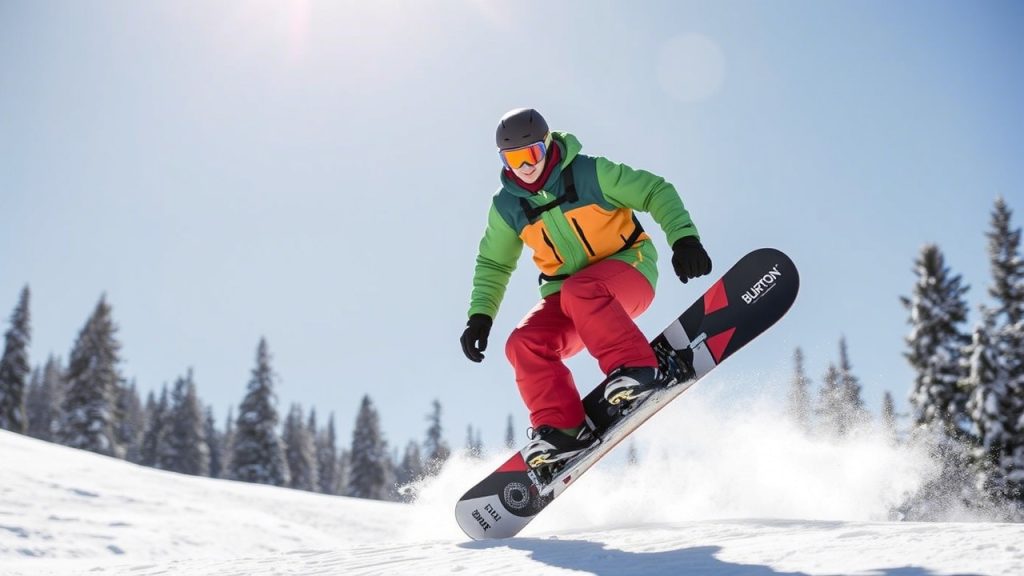
- Myth: Only powder-specific boards work in the backcountry.
Truth: Versatile boards like the Hometown Hero handle powder and mixed conditions, per Slopemagazine.com. - Myth: Backcountry boards are only for experts.
Truth: Forgiving boards like the Custom Flying V suit intermediates, per Boardoftheworld.com. - Myth: Splitboards are too heavy for backcountry.
Truth: Lightweight splitboards like the Pow Wrench balance uphill and downhill performance, per Slopemagazine.com.
Frequently Asked Questions
1. How does a snowboard handle backcountry adventures?
A snowboard with directional shapes, tapered noses, and Frostbite Edges (e.g., Straight Chuter) provides float, grip, and control for powder and variable terrain, per The Inertia.
2. Which Burton snowboard is best for intermediates in the backcountry?
The Burton Custom Flying V, with its hybrid profile and medium flex, offers forgiveness and float for intermediates, per Boardoftheworld.com.
3. Can I master backcountry riding in one season?
Yes, with 2–3 days/week of guided backcountry riding and a board like the Hometown Hero, intermediates can gain confidence in a season, per Curated.com.
4. Are directional or hybrid profiles better for backcountry?
Directional profiles (e.g., Fish 3D) excel in powder, while hybrids (e.g., Flying V) offer versatility for mixed conditions, per Snowboardingprofiles.com.
5. How does the Channel System help in the backcountry?
The Channel System allows stance adjustments for powder float or technical control, enhancing performance on boards like the Flight Attendant, per Slopemagazine.com.
6. What’s the best Burton board for deep powder?
The Burton Fish 3D, with its 3D convex base and swallowtail, is ideal for deep powder backcountry runs, per Curated.com.
7. How often should I wax my board for backcountry?
Wax every 3–5 days to maintain a fast Sintered base in variable snow, ensuring float and speed, per Snowandrock.com.
8. Can bindings affect backcountry performance?
Yes, stiff bindings like Burton Cartel enhance responsiveness, improving control on boards like the Deep Thinker, per Slopemagazine.com.
9. Should I demo a board for backcountry riding?
Yes, demoing boards like the Straight Chuter ensures they match your style for powder and technical terrain, per Whitelines.com.
Conclusion
Backcountry adventures demand a snowboard that can handle powder, steeps, and variable conditions, and Burton’s 2025 lineup delivers. From the powder-surfing Fish 3D to the big-mountain Straight Chuter, these 12 best Burton snowboards to handle backcountry adventures this year cater to intermediates and experts alike. Pair your board with avalanche training, consistent practice, and proper maintenance to conquer the wild with confidence.
Ready to explore the backcountry? Visit Burton’s website, local shops, or demo centers to test these boards and find your perfect match. With the right Burton snowboard, you’ll be slashing powder and charging lines this winter.
Happy adventuring!

